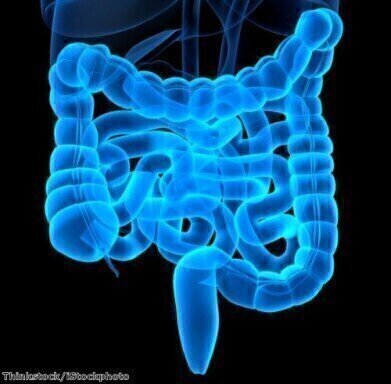-
 The new method could provide cheaper diagnosis
The new method could provide cheaper diagnosis
Bioanalytical
Stool sample smells used to identify bowel diseases
Mar 28 2014
Different forms of bowel disease could be diagnosed by a new test that assesses the smells given off by patient's stools. Researchers in the UK have developed a novel technique for analysing the smell of patient's stools in order to provide an accurate and fast diagnosis of diseases of the bowel.
The new method, developed by researchers at the University of Liverpool, Bristol Royal Infirmary and University of West England, analyses the chemical compounds that emit from the stool samples in order to diagnose the specific type of bowel cancer a patient has. It could be a much quicker, cheaper and easier method to provide fast diagnosis for a set of diseases that have historically been very difficult to tell apart.
The first stage of testing the process, the results of which are published in the 'Journal of Breath Research', found that the method was able to distinguish between those patients that have irritable bowel syndrome (IBS) of inflammatory bowel disease (IBD). This differentiation has a 76 per cent accuracy rate, which is very positive.
Researchers worked to differentiate between the two forms of disease by analysing the volatile organic compounds (VOCs) that are emitted from stools, These act as a proxy for gastrointestinal tract conditions, helping to create different profiles for each type of bowel disease.
Many different bowel conditions have very similar symptoms, meaning it can be difficult to successfully diagnose them and provide an early diagnosis of more deadly illnesses. Colon cancer, IBS and IBD all present in similar ways and yet require very different treatment, making it difficult to ensure that a patient is requiring the correct medication.
Researchers developed a system that used a gas chromatograph with a metal oxide sensor and pattern recognition software. The system was programmed to recognise different VOCs that were common to a specific type of disease, this information was then used to compare different samples and match them to the patterns that were in its database.
A total of 182 stool samples from patients with IBS and IBD were collected between October 2010 and October 2011, each of which was stored at freezing temperatures. Healthy patient's samples were also used as a control group.
Those with IBD were identified among healthy patients at an accuracy rate of 79 per cent, while differentiating between healthy patients and those with IBS only had an accuracy rate of 54 per cent. The researchers suggested that this difference was due to the fact that IBS is a functional disorder, whereas IBD is a structural disorder.
Digital Edition
Chromatography Today - Buyers' Guide 2022
October 2023
In This Edition Modern & Practical Applications - Accelerating ADC Development with Mass Spectrometry - Implementing High-Resolution Ion Mobility into Peptide Mapping Workflows Chromatogr...
View all digital editions
Events
Apr 28 2024 Montreal, Quebec, Canada
May 05 2024 Seville, Spain
May 15 2024 Birmingham, UK
May 19 2024 Brno, Czech Republic
May 21 2024 Lagos, Nigeria













